Backhoe: A Versatile Machine for Various Application
Backhoe: A Versatile Machine for Various Application
Backhoe Loaders are the ideal machines for infrastructure development works with its design & other features. The highly versatile nature of these machines makes them multipurpose and they can travel on road easily. If numbers are to be believed, then India is by far the largest BHL market in the world, with the equipment accounting for almost 50 per cent of all construction equipment sales in unit terms. A backhoe loader plays an ideal role in development of infrastructure because of its design & other features. There have been in continuous innovation in the industry and new features are added in the machines. Necessity is the mother of invention, an old proverb and an accurate one as it’s relates to the recent innovations in the backhoe market. The recent innovations in the backhoe industry are made to meet the customer’s satisfaction. The biggest changes in a machine takes place inside the hood, some of the advanced backhoe loader designs are related to engine technology, especially with the emission standard. The industry nowadays is almost completely reliant on computers and other processors to control the engine, the drive train and even the hydraulic parameters to make the machines as fast, powerful and efficient as possible. Electronics plays an important role in the working of a loader, many features that makes a loader smart and efficient machine is possible with new electronics. Telematics makes next-generation analytics possible for managing an equipment fleet simply by providing detailed data on how, where and when machines and vehicles operate. Operators now want to be assured of the safety, security & operation update with the advanced system. The buyers are looking to manage their machines on Service, Operations & Security of their machines through real-time alerts.
Parts of a backhoe loader
Backhoe loader consists of a tractor, a loader and a backhoe. Each piece of equipment is suited to a particular sort of work. On a typical construction site, the backhoe operator usually uses all three components to get the job done.
The Tractor is the core structure of a backhoe loader is the tractor. It has a powerful, turbocharged diesel engine, large, rugged tires and a cab with basic steering controls (a steering wheel, brakes, etc.). Backhoe cabs are either completely enclosed or have an open canopy structure to give the operator protection. The loader is attached in the front and the backhoe is attached in the back. These two components serve very different functions. The loader can do several different things. In many applications, you can use it like a big, powerful dustpan or coffee scoop. The operator controls the loader while driving the tractor.
The backhoe is the main tool of the backhoe loader. It’s used to dig up hard, compact material, usually earth, or to lift heavy loads, such as a sewer box. It can lift this material and drop it in a pile to the side of the hole. The backhoe is a big, extremely powerful version of your arm or finger. It has three segments- the boom, the dipstick and the bucket. This arrangement is very similar to your arm. Your arm has three segments — your upper arm, forearm and hand. The backhoe can dig all sorts of holes, but is especially suited for digging ditches. To use the backhoe, the operator has to park the tractor and turn the seat around.
The boom is the long part of the backhoe arm that is closest to the cab where the operator sits. The boom can be raised or lowered and navigated from left to right, which is known as “swinging” the boom. The second part of the backhoe arm is called the dipstick. While the boom is attached to the operator’s cab, the dipstick is connected from the pivot to the bucket that scoops the earth. It serves as the fore-arm of the backhoe. The bucket is the final part of the backhoe and is the part that scoops the earth or debris that has to be moved. A pivot is provided between the dipper stick and the bucket to facilitate the movement of the bucket. To scoop up the earth, the bucket is moved towards the dipper stick.
The tractor component is for moving the other two components from place to place, and the operator also maneuvers it when using the loader. The loader and backhoe components are a natural combination for all sorts of jobs. The most common application for a backhoe loader is this basic job — digging a trench with the backhoe and then back-filling it with the loader.
The other common attachments in backhoe loaders are the two stabilizer legs just behind the rear wheels. These legs are crucial to backhoe operation because they take the brunt of the weight when a backhoe is digging. Without the stabilizer legs, the weight of a heavy load or the downward force of digging into the ground would strain the wheels and tires, and the whole tractor would bounce constantly. The stabilizers keep the tractor steady, minimizing the jostling effect of digging with the backhoe. They also secure the tractor so that it won’t slip into the ditch or hole.
The key to the power of the backhoe is hydraulic pressure. Hydraulic lines, a reservoir of hydraulic fluid, a pump, and a series of pistons allow the machine’s operator to extend its arm and cut through the soil with a toothed bucket. The pump exerts pressure on the hydraulic fluid, and operating the levers opens a valve that releases the oil into a piston. The piston expands to lift the arm, swing the bucket, press the bucket into the soil, and lift it out of the excavation. Reversing the valve causes the oil to flow out of the piston and return to the reservoir.
The backhoe’s standard equipment is a narrow bucket on the rear end and a loader on the front. The operator effectively makes either device the working end by simply rotating his chair and operating a different set of controls. Typically, if the bucket is being used, the flat front end of the loader is set down on the ground to stabilize the vehicle.
Advantages of a Backhoe Loader
It’s quite unfortunate that the majority of the construction vendors invest a large amount of money in buying a backhoe loader machine and they do not even know the proper usage of the backhoe loader machine.
Limitless Configurations: Backhoe loaders can be configured in an infinite number of ways to suit specialty applications options like sirens/PA systems, high-visibility paint, strobes, LED light bars, remote spotlights and advanced lighting packages can help improve visibility and effectiveness in any situation.
Other machine options include robust guarding packages and solid tires. Front fender packages, fuel tank guarding and boom guarding can help beef-up a machine and protect its critical components from damage that can be caused by debris or other hazards. Winches and hooks can also be added to a machine for a variety of search and rescue applications.
The railroad contractors use specially equipped backhoes in their operations. Access to work areas is a major challenge in the railroad industry, and having a tool carrier that serves as a platform for numerous applications is critical. Backhoes used in railroad applications are typically outfitted with a bucket for moving ballast, dirt and other materials, and a set of long forks for moving bundles of railroad ties and other supplies. Some backhoes can be outfitted with universal couplers that allow the machine to handle attachments from other OEMs.
In railroad building and maintenance applications, backhoes are used to help place, move and shift track. Backhoe loaders can also be outfitted with a special cribbing bucket with thumb – an ultra-narrow bucket (generally 8-inches wide) with teeth designed both for cleaning out between railroad ties and helping to lift and place ties.
Easy Access to Critical Places: One of the most critical challenges in specialty applications—particularly in disaster response, firefighting etc.—is access. If access to a worksite is problematic, you want to make sure that the equipment you are able to get on site is going to be as versatile as possible in order to maximize effectiveness and productivity.
In applications where access is a challenge, contractors try to bring as few pieces of equipment on site as possible. In addition to their material handling work and cleanup, the auxiliary hydraulics on a backhoe loader serve as a powerful platform for running hydraulic hand tools, eliminating the need to bring compressors or other equipment on site. Adding an extendable hydraulic hose reel to a backhoe allows contractors and first responders to use hydraulic saws, grinders, Jaws of Life and other hydraulic tools.
Many backhoes now come standard with telematics – a powerful equipment management and utilization technology that is particularly helpful for decentralized operations like railroad work, firefighting or other disaster response applications. Telematics provides an easy way to know the current location of machines and their crews. This can be helpful in many ways: It simplifies maintenance by keeping track of engine hours and maintenance alerts. It provides a record of how equipment is being used (idle vs. working mode, etc.) and helps identify underutilized pieces of equipment that may be put to use in areas where they are needed. And it provides an extra layer of security, as geofences (virtual perimeters) can be established to send alerts when a machine leaves the staging area (identifying possible theft), and unauthorized after-hour use can be easily identified.
Options for Different Attachments: Backhoe loaders in themselves are amazingly versatile machines. Backhoe loaders are favourites of industry experts across the globe. Being a favourite doesn’t keep the machine from becoming outdated or obsolete though. We live in the day and age where machines are required to single handedly perform multiple tasks. Multi functional machines are the trend of the changing times. The backhoe loader while versatile will have to adhere to the trend if its market share has to be kept safe. Attachments for a backhoe loader are the answer to the multi function machine dilemma. There are different types of attachments available for a backhoe such as auger drill, rock beaker, pole erector, pallet fork, multi functional bucket etc. These attachments make backhoe a versatile machine which can be used for various jobs as per the requirements.
Backhoes are an excellent platform for many applications because the machines are extremely stable. They can often handle heavier and more complex attachments than compact and small-sized excavators due to that stability. And, as a wheeled machine, they have significantly less impact on surfaces than tracked machines when turning.
Used for Grading Applications: Backhoes aren’t the first machine that comes to mind for grading, but these machines actually offer an excellent platform for grading. Look for a bucket with wear strips that are the same level as the bottom of the cutting edge. This is so that, when the bucket sits flat, there is contact throughout the whole range of the bucket rather than just the cutting edge. Backhoe loaders are actually easier to use for grading than some other machines because they are more stable and they have axle isolation keeping the bucket in contact with the ground.
Used for Compaction Applications: Many utility contractors rely on trench rollers or walk-behind vibratory plate compactors for compacting in trenches. By adding a hydraulic compactor to a backhoe, a contractor can perform that task from a safe distance, rather than placing a worker in a trench with a compactor. It also negates the need to purchase a separate piece of equipment.
Conclusion
The growth of the Backhoe Loader Market is majorly driven by the significant growth in the construction industry. The construction industry is generating a huge demand for backhoe loaders for performing various tasks. The use of Backhoe loaders in large, medium, and small scale construction projects because of their versatility and small size, further help in the growth of the market. The increase in adoption of backhoe loaders, the rise in road construction activities, and the number of power projects in developing nations, such as India and China, have also driven the growth of the global backhoe loader market.
The Key Players of Backhoe Loader Market are Caterpillar Inc., JCB, Case CE, Tata Hitachi Construction Machinery, Deere & Company and Mahindra & Mahindra Ltd.



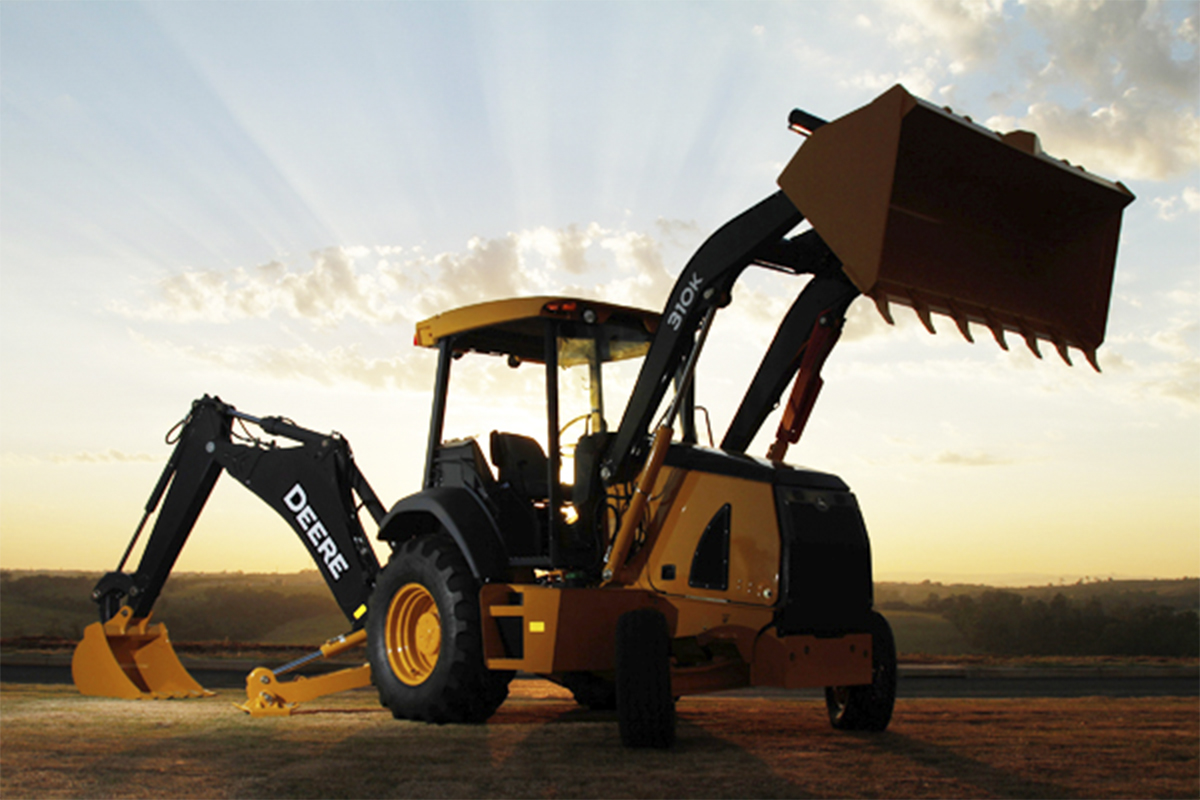
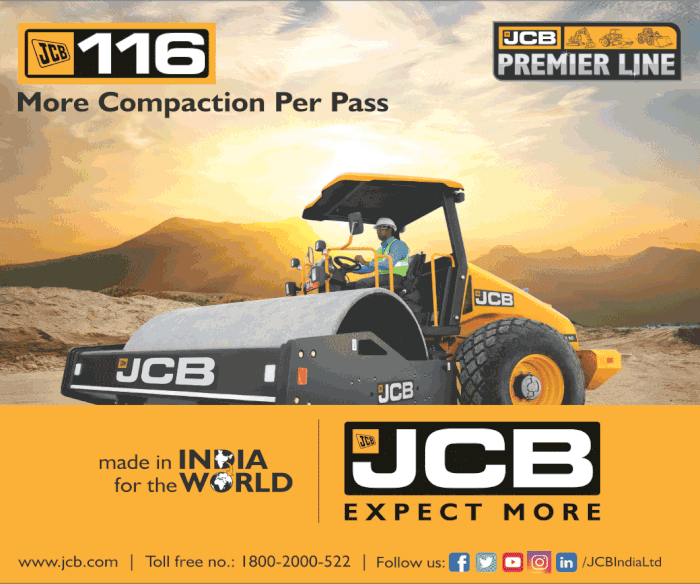
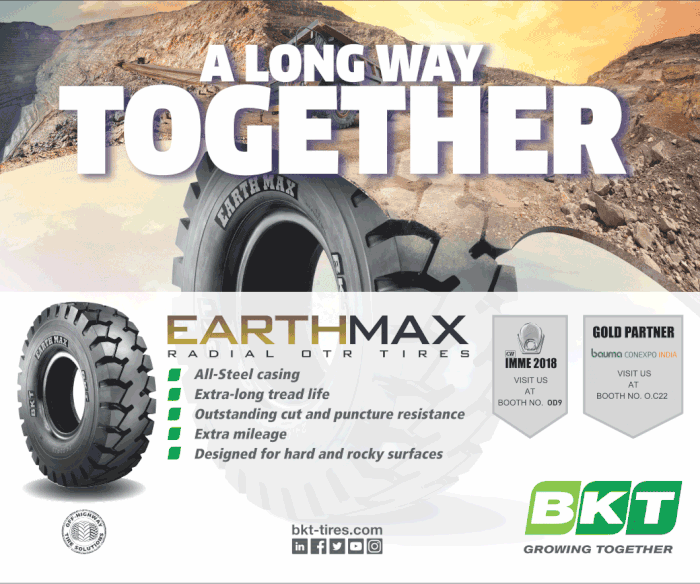
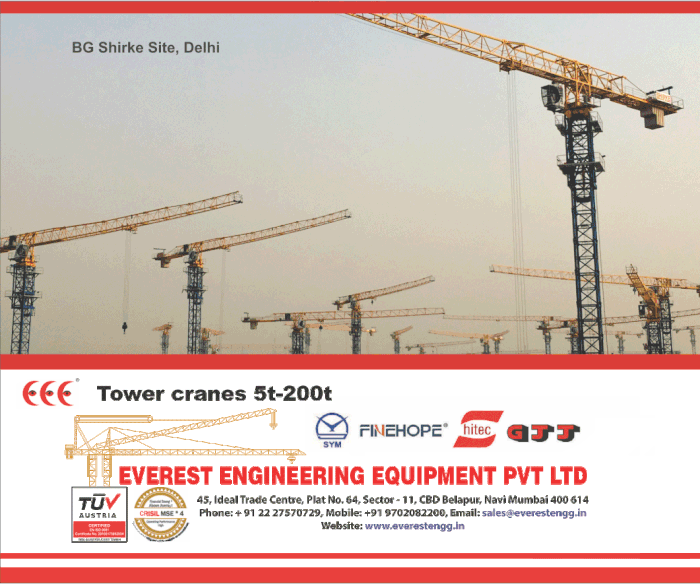

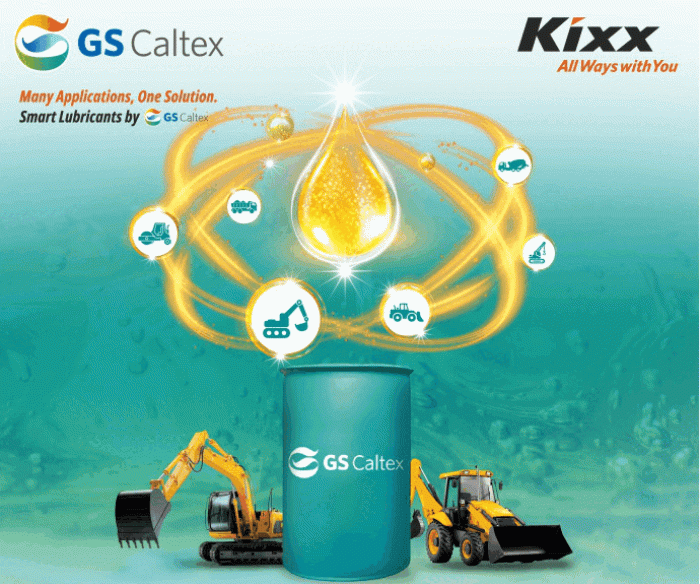
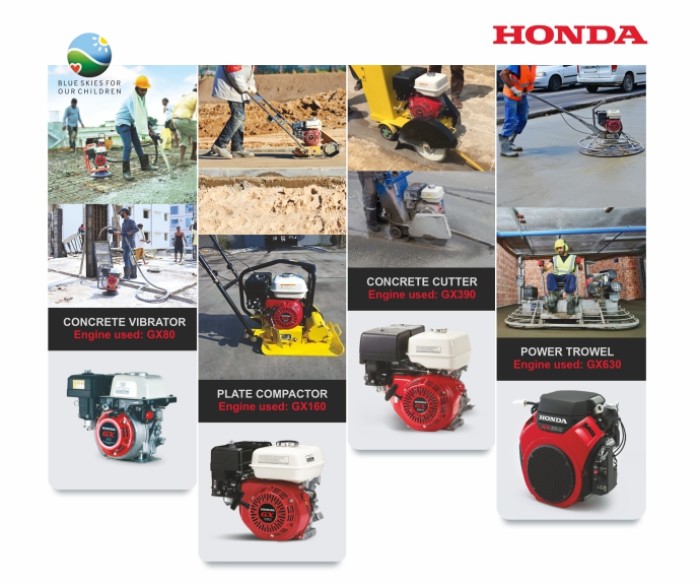
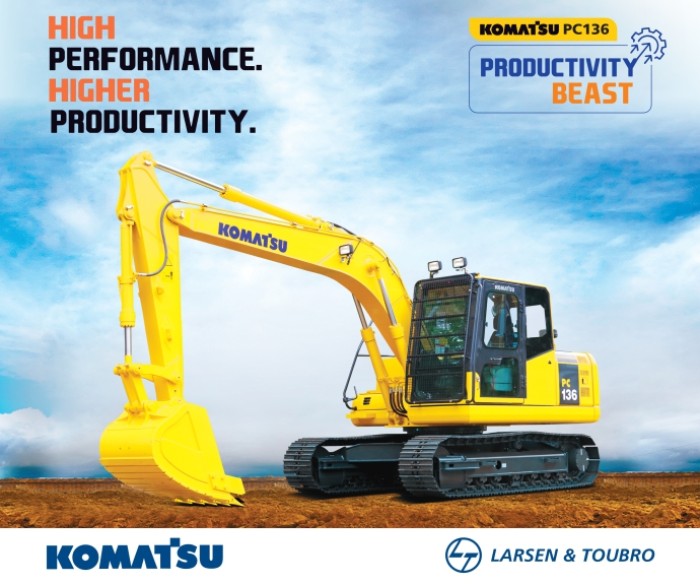
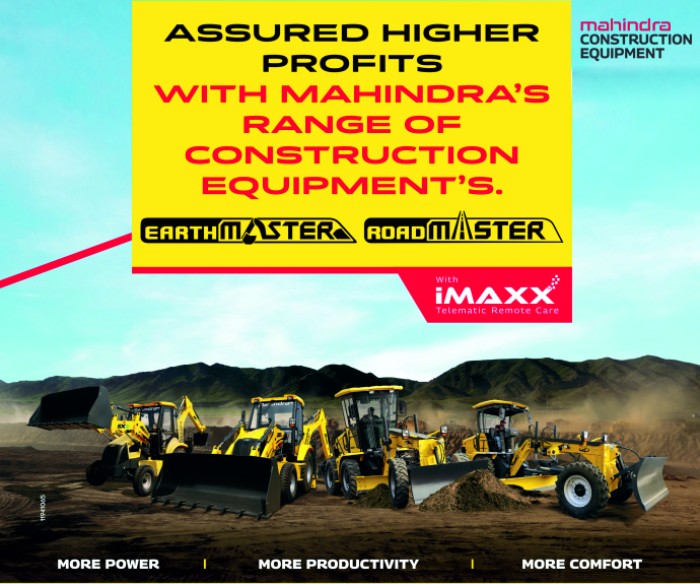
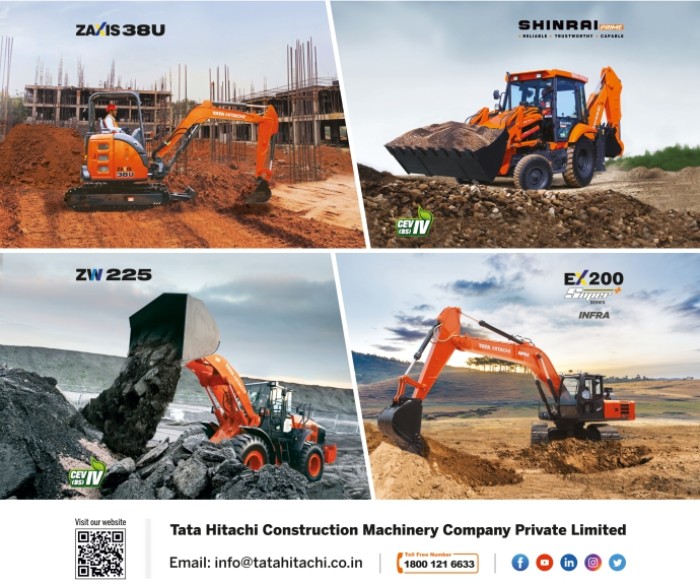



Leave a comment